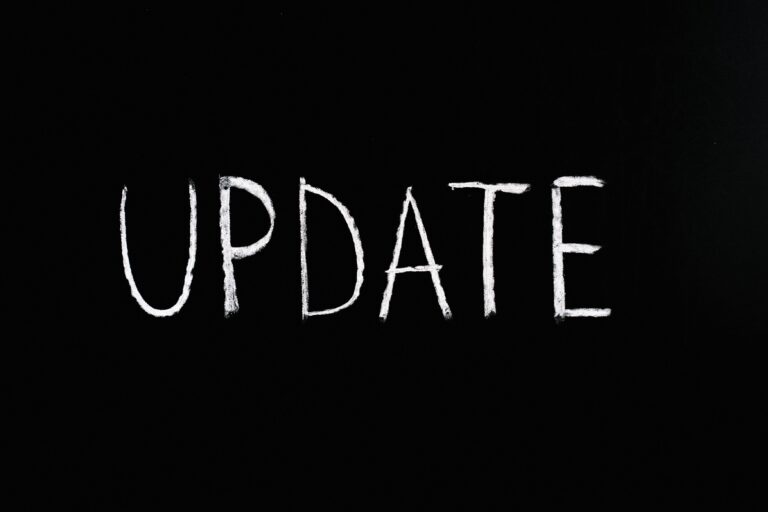
If You Want Your Trust to Work, Fund It
A revocable trust is a powerful estate planning tool that helps individuals manage their assets during their lifetime and distribute them efficiently after their death. However, a trust only works if it is properly funded. The American College of Trust and Estate Counsel explains that many individuals make the mistake of setting up a trust but fail to transfer assets into it. This leaves their estates vulnerable to probate, taxes and disputes. To fully benefit from your trust, you must ensure that it is appropriately funded with all intended assets.
What It Mean to Fund a Trust
Funding a trust involves transferring ownership of assets from your name into the trust’s name. This step gives the trust legal control over the assets, allowing them to be managed and distributed according to the terms of the trust. Without this transfer, your assets may remain subject to probate, and your trust could become an ineffective document.
Key asset types that can and should be transferred into a trust include:
- Real estate properties
- Bank and investment accounts
- Tangible personal property, such as valuable jewelry, artwork, or collectibles
- Business interests and intellectual property
- Life insurance policies (with the trust named as the beneficiary)
By funding your trust, you ensure that these assets are managed seamlessly during your lifetime and distributed efficiently upon your death.
Why Trust Funding is Essential
Failing to fund a trust undermines its primary purpose. If assets remain outside of the trust, they may become subject to probate—the often lengthy and costly legal process of settling an estate. This can delay the distribution of assets to your heirs and increase the likelihood of disputes among family members.
A funded trust also provides benefits that unfunded trusts cannot, including:
- Privacy: Unlike wills, which become public records through probate, trusts keep the details of your estate private.
- Control: Funding the trust ensures assets are distributed according to your wishes without interference from courts or state laws.
- Continuity: In the event of incapacity, the trust enables a successor trustee to manage your assets without court intervention.
How to Fund a Trust
Properly funding a trust requires transferring ownership of assets into the trust and ensuring that documentation is updated to reflect the change. Each asset type requires specific steps:
Real Estate
To transfer real estate, you must execute a deed transferring ownership to the trust. This often involves recording the new deed with the local land records office. Consult an estate lawyer to ensure that the transfer complies with state laws and doesn’t inadvertently trigger taxes or other issues.
Bank and Investment Accounts
Banks and financial institutions typically require documentation to retitle accounts in the name of the trust. This might involve filling out specific forms or providing a copy of the trust agreement. Failing to update account ownership could result in these assets being excluded from the trust’s control.
Tangible Personal Property
A written assignment can transfer tangible personal property to the trust, such as art, heirlooms and jewelry. The assignment lists the items being transferred and formally declares their inclusion in the trust.
Life Insurance and Retirement Accounts
While retirement accounts, like IRAs and 401(k)s, are not typically retitled to a trust for tax reasons, you can name the trust as a beneficiary. For life insurance policies, updating the beneficiary designation to the trust ensures that proceeds are directed according to the trust’s terms.
Business Interests
If you own a business, transferring shares or interests into the trust allows the trustee to manage them as needed. This requires amending operating agreements, stock certificates, or partnership documents to reflect the transfer.
Common Pitfalls to Avoid
Even with good intentions, individuals often make mistakes when funding their trusts. Common errors include:
- Leaving assets out of the trust: Forgetting to transfer all intended assets undermines the trust’s effectiveness.
- Failing to update beneficiary designations: Beneficiary forms conflicting with trust terms can create legal disputes.
- Not reviewing the trust regularly: As assets change over time, it’s essential to revisit and update the trust to include new acquisitions.
An estate lawyer can guide you through the process and help ensure that all assets are correctly transferred and documented.
Ensuring Your Trust Works
A revocable trust is a living document that requires ongoing attention. Regularly reviewing and updating the trust ensures it remains aligned with your goals and includes all current assets. Properly funding your trust provides security for your loved ones, avoids unnecessary legal complications and ensures that your legacy is preserved.
Key Takeaways
- Trusts require funding: A trust without assets cannot function as intended.
- Assets must be transferred: Ownership of real estate, accounts and personal property must be retitled in the trust’s name.
- Life insurance and retirement accounts need updates: Name the trust as a beneficiary to align proceeds with your estate plan.
- Regular reviews prevent errors: Ensure newly acquired assets are included in the trust to avoid gaps in coverage.
- Legal guidance is crucial: Working with an estate lawyer helps ensure that all steps are completed properly and effectively.
References: American College of Trust and Estate Counsel (ACTEC) (Aug. 31, 2023) “Funding Your Revocable Trust and Other Critical Steps” and American College of Trust and Estate Counsel (ACTEC) (Sep 21, 2023) “Tangible Personal Property in Estate Planning”


